When Did People Start Dying Their Hair: A History of Hair Dye
Hair dyeing is an ancient practice that dates back thousands of years, with evidence suggesting humans have been altering their hair colour since prehistoric times. Throughout history, people have coloured their hair for various reasons—from cultural and religious significance to fashion statements and personal expression. This rich history reveals how hair colour has been intertwined with identity, status, and beauty across civilisations.
Ancient Beginnings
The earliest documented use of hair dye can be traced to Ancient Egypt, over 4,000 years ago. Archaeological evidence shows that Egyptians used henna to cover grey hair, particularly among older individuals who wished to maintain a youthful appearance.
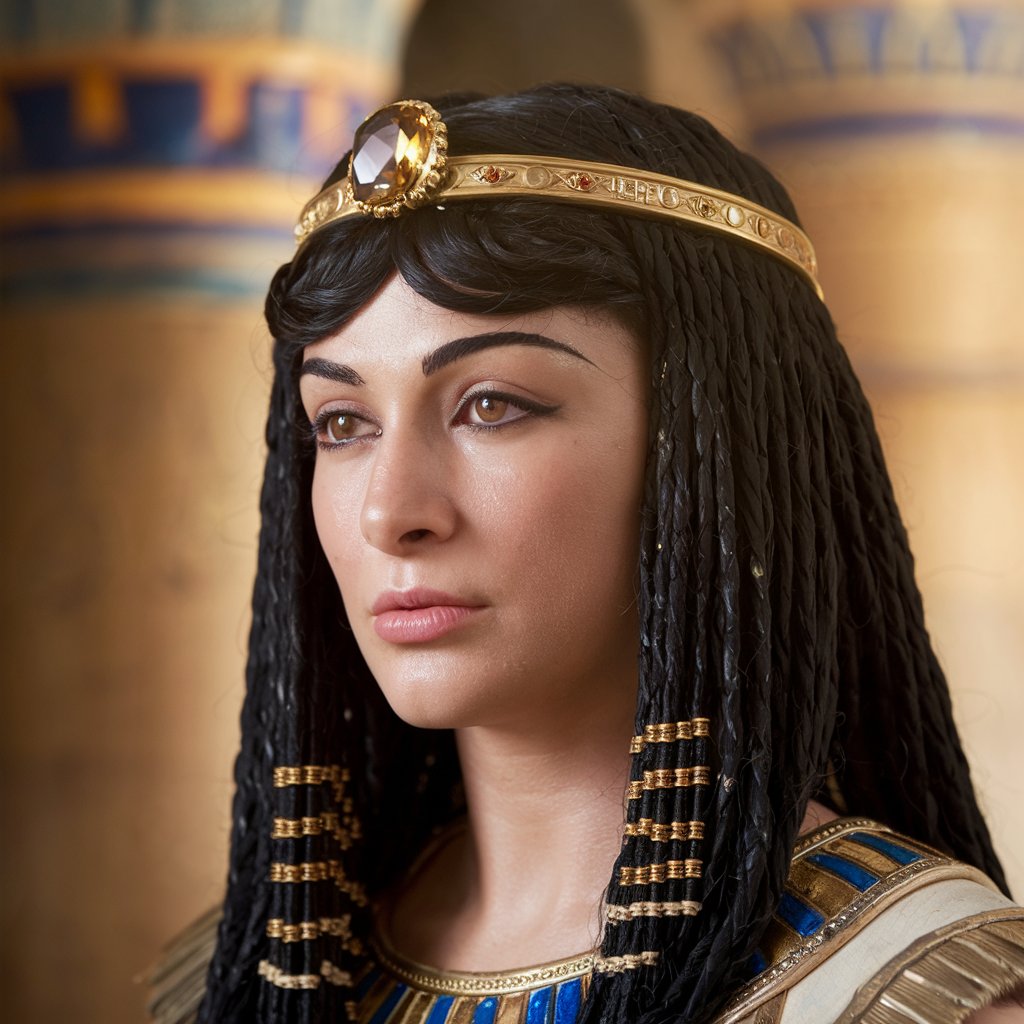
Egyptian pharaoh Ramesses II was notably an avid fan of hair colouring, using a blend of henna and dried cow's blood to hide his white hair and appear eternally young, as allegedly was Cleopatra. Through this revolutionary technique, Egyptians discovered red and black shades.
Other ancient civilisations developed various hair colouring methods using natural ingredients:
Greeks and Romans: Created dyes from plant extracts and developed the first permanent hair dye—jet black—made from lead and sulphur powder. They associated blonde hair with divinity and heroism, often depicting their gods and noble figures with golden locks.
Chinese: Applied mixtures of black ink and ochre to colour their hair, while maintaining that black hair represented purity and respectability.
Native Americans: Utilised various plants and minerals to create colours ranging from red to brown to black5.
The Assyrian herbals dating back to 2177 BCE contain some of the oldest recipes for hair dye, while the ancient Egyptian Ebers Papyrus (c. 1550 BCE) includes recipes specifically for dyeing grey hair and eyebrows. Assyrian clay tablets from the 7th century BCE mention using the gall of a black ox, cypress oil, licorice, and honey to turn grey hair black.
Cultural Significance and Symbolism
Hair colour has historically served as a powerful symbol of identity, status, and beliefs across different cultures:
The Greeks and Romans not only created dyes but imbued hair colour with significant meaning. Blonde hair was particularly admired and associated with divinity, with Roman women using saffron and other natural dyes to lighten their hair. During the Roman Empire, prostitutes were required to have blonde hair to indicate their profession, with many wearing wigs or using plant-based mixtures to lighten their natural hair1.
Celtic warriors used hair colour to create a fearsome appearance. As Greek historian Diodorus Siculus described, they bleached their hair blonde using lime, combing it back from their foreheads to create a terrifying aspect with "thick and shaggy" hair "like a horse's mane".
Red hair has had a particularly complex cultural history. In medieval Europe, it was sometimes linked to supernatural traits, with red-haired individuals being associated with witchcraft or fiery temperaments. Conversely, in Scotland and Ireland, red hair became a celebrated feature, closely tied to Celtic heritage.
Evolution Through the Ages
The Middle Ages and Renaissance period saw continued experimentation with hair colour. During the Middle Ages, blonde and red were considered fashionable, while the Renaissance made strawberry blonde the trendy colour, largely because it matched Queen Elisabeth's natural hair colour.
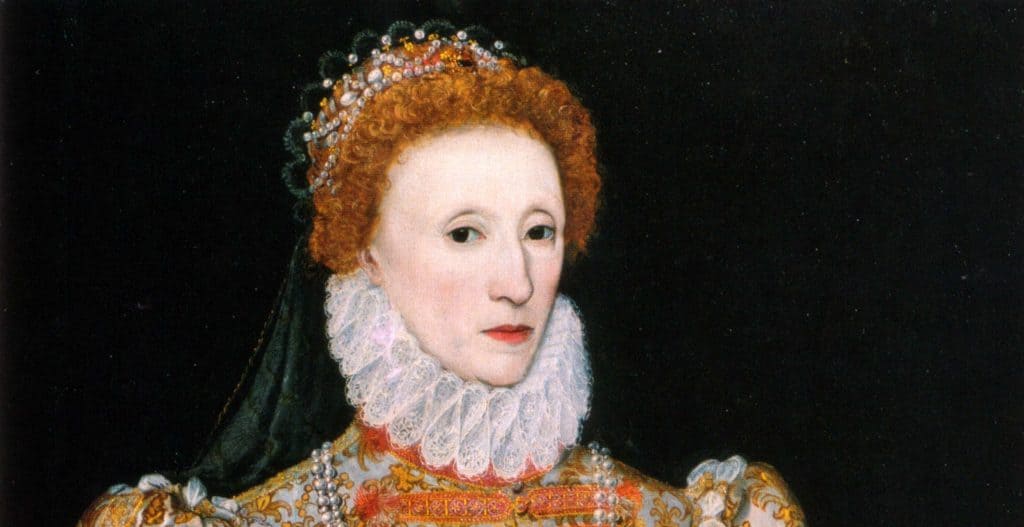
Women would cover their locks with honey and sulphur, then expose them to sunlight to create a chemical reaction that produced the desired shade.
Italian women during the Renaissance used mixtures of alum, sulphur, and quicklime to bleach their hair, often exposing it to the sun for hours to achieve a golden blonde hue. This process, while fashionable, was both time-consuming and damaging to the hair.
In France, the use of wigs became popular, allowing individuals to easily change their hair colour without dyeing their natural locks.
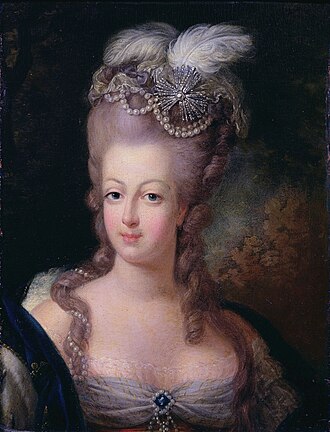
These wigs were often dyed with various pigments, including saffron, indigo, and even crushed beetles to create vibrant shades of red, blue, and purple.
During this period, hair was also believed to possess mystical properties, with meticulous grooming linked to good fortune. Cutting hair carried profound meaning, often intertwined with significant life events and rites of passage7.
The Birth of Modern Hair Dye
The Industrial Revolution marked a significant turning point in the history of hair dye. In 1863, English chemist William Henry Perkins accidentally discovered the first synthetic dye—a vibrant purple called mauveine—while attempting to create a cure for malaria.
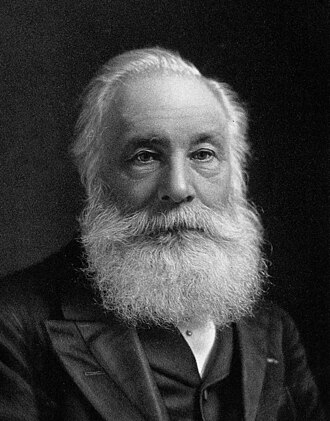
This discovery, though initially intended for the textile industry, paved the way for modern hair dye.
The development of synthetic dyes for hair is traced to the 1860s discovery of the reactivity of para-phenylenediamine (PPD) with air, a colour-changing molecule that remains the basis for most hair colour formulas used today.
The modern hair dye industry truly began in 1907 when French chemist Eugène Schueller created the first synthetic hair dye specifically designed for human use, which he called "Auréole" or "Oréal". Schueller eventually founded the company that would become L'Oréal, transforming hair dyeing into a global industry.
In 1947, German cosmetics firm Schwarzkopf launched "Poly Color," the first home colour product, democratising hair colouring and making it accessible to the masses. This innovation allowed individuals to easily and affordably change their hair colour without visiting a salon.
The 20th Century and Beyond
The 20th century saw an explosion of new colours, formulas, and techniques. During the 1920s and 1930s, hair dye became increasingly popular, with women embracing bold and vibrant shades like platinum blonde, jet black, and even shades of blue and green.
The 1950s and 1960s witnessed the rise of at-home hair dye kits, leading to increased experimentation and creativity, with people embracing a wide range of hues and styles.
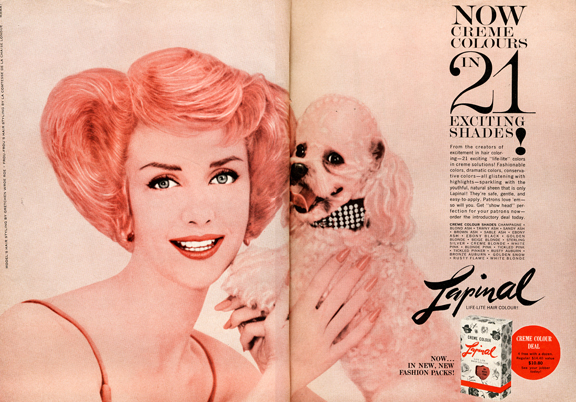
Throughout the latter half of the 20th century, advancements in hair dye technology continued, with the development of new formulas and techniques.
Today, hair dyeing has evolved into a multi-billion-dollar industry that continues to innovate with new techniques, colours, and formulations. The future of hair dye is bright and innovative, with a strong focus on personalisation, sustainability, and convenience.
Why People Dye Their Hair
Throughout history, people have coloured their hair for numerous reasons:
Covering grey hair: One of the earliest and most enduring motivations, as seen with Egyptian pharaoh Ramesses II who wanted to appear eternally young.
Social status indication: In many cultures, hair colour distinguished nobility from commoners.
Religious and spiritual significance: Many cultures associated certain hair colours with deities or spiritual beliefs.
Professional identification: As seen with Roman prostitutes who were required to have blonde hair1.
Military purposes: Celtic warriors used vibrant hair colours to intimidate enemies.
Fashion and beauty trends: Different eras have favoured different hair colours as beauty standards evolved, from the strawberry blonde of the Renaissance inspired by Queen Elisabeth to the platinum blonde of the 1920s.
Personal expression and transformation: Modern hair dyeing often marks life transitions or expresses individuality.
Hair colour continues to be a reflection of cultural identity, genetics, and societal norms across civilisations. Beyond biology, hair colour remains deeply symbolic, often representing status, beauty ideals, and even mystical beliefs.
Ready to explore a new hair colour transformation? Our award-winning stylists at Gusto Hairdressing are here to help. Book your consultation today.
